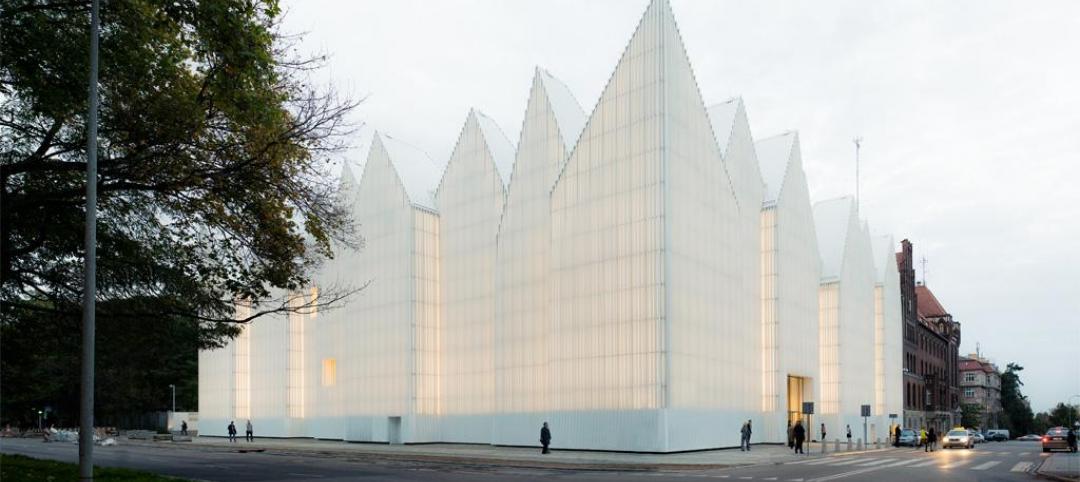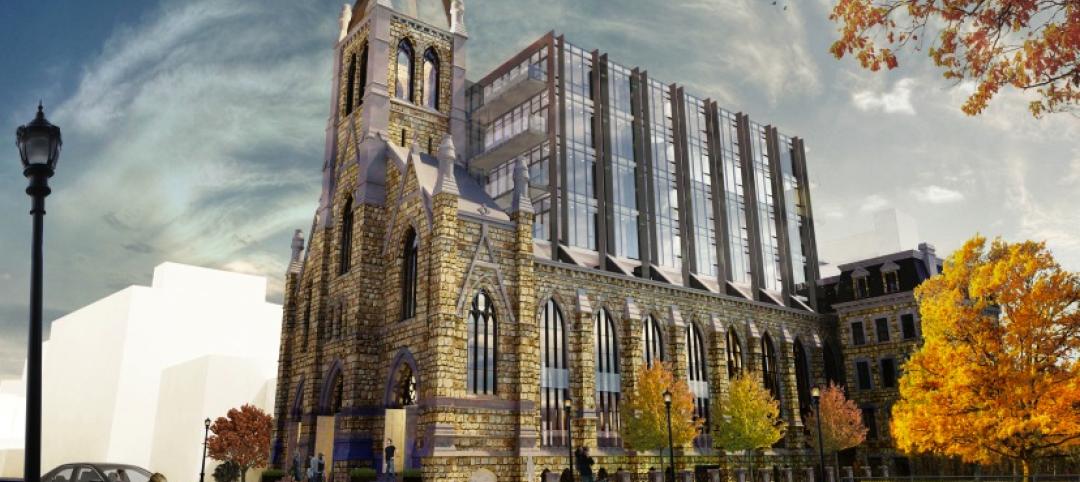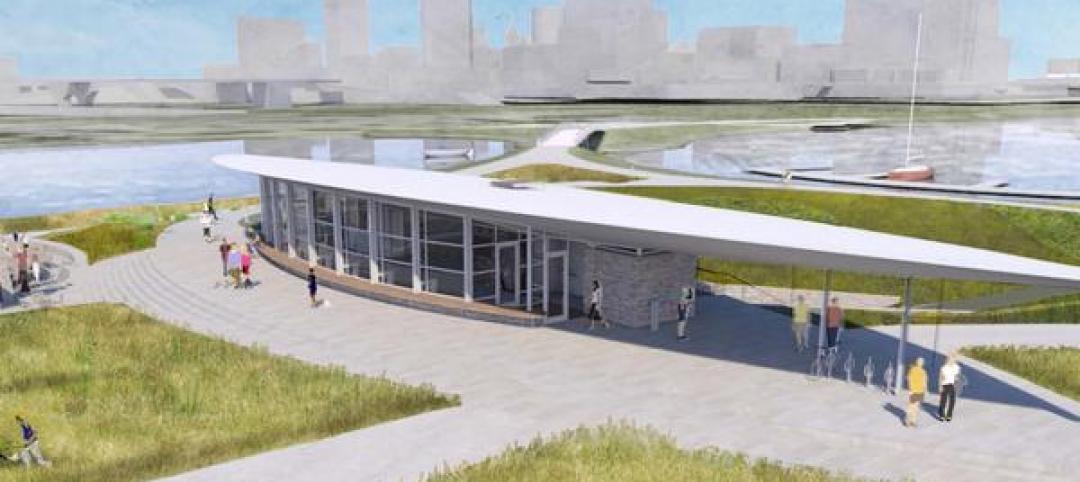 |
| Pre-K room at Gloria Sabater Elementary School, part of a public-private effort in community development in Vineland, N.J. |
At 69 square miles, Vineland is New Jersey's largest city, at least in geographic area, and it has a rich history. It was established in 1861 as a planned community (well before there were such things) by the utopian Charles Landis. It was in Vineland that Dr. Thomas Welch found a way to preserve grape juice without fermenting it, creating a wine substitute for church use (the town was dry). In the 1940s, Vineland was known as “The Egg Basket of America,” and in the 1960s, its downtown was bustling.
But, like Atlantic City, its neighbor 40 miles to the east, Vineland started falling on hard times. In 2003, the city approved a redevelopment plan that envisioned a special demonstration school and community services center as a potential catalyst to encourage private investment in the downtown redevelopment zone. Ultimately, an extensive network of civic agencies—the city of Vineland, the public school district, the state Schools Development Authority, the Cumberland County Empowerment Zone, and the Tri-County Community Action Partnership—allied with local citizens and the project's Building Team to design, build, and finance the school/community center.
The Building Team, led by construction manager Joseph Jingoli & Son, Inc., Lawrenceville, N.J., with design firm USA Architects, Somerville, N.J., held more than 40 stakeholder charrettes over a three-year period. Results of all meetings were made public via the public and private partners' websites.
This level of community involvement resulted in not a single property of the 68 acquired having to be taken through condemnation; all were negotiated sales. More than 70% of those whose properties were acquired found housing elsewhere in the community, and 15% of those who had been renters were converted to property owners. Thirty-six percent of eligible dollars for the project were earned by local companies, and 116 local residents—78 of them from Vineland itself—worked on the job.
The 181,000-sf facility, completed in early 2008, combines a pre-K-to-grade-5 school for 830 students, a pool and recreation facility, and a community health and wellness center that provides health and dental care through a local nonprofit organization. There's an onsite childcare center for infants to two-year-olds, a therapeutic “zero-entry” pool for disabled students, a library/media center, a computer lab, an arts and crafts area that community groups can rent on a sliding-scale basis, and a cafeteria/auditorium with elevated stage and proscenium. All school-based facilities are open to the public after school hours.
The real genius of this project was how the partners pulled out all the stops to find the $62,259,000 needed to acquire the land and build the facilities. Funding for the school came from a special demonstration project sponsored by the N.J. Department of Education and the N.J. Schools Development Authority. The city financed the pool and community facilities through grants, donations, and HUD funds allocated to Vineland and the Cumberland Empowerment Zone. A $2.5 million Urban Enterprise Zone loan was leveraged into $3.5 million through a $1 million contribution from Albert Boscov, the founder of a local department store chain, who received federal New Market Tax Credits for the full $3.5 million.
“They used New Market Tax Credits to develop the community—a great solution for everyone,” noted jury member Tracy Nicholas. “It complicated the job to have so many community requirements, but it shows that this is a team that pulled together and got the job done.” —Robert Cassidy, Editor-in-Chief
Related Stories
BIM and Information Technology | May 27, 2015
4 projects honored with AIA TAP Innovation Awards for excellence in BIM and project delivery
Morphosis Architects' Emerson College building in Los Angeles and the University of Delaware’s ISE Lab are among the projects honored by AIA for their use of BIM/VDC tools.
Cultural Facilities | May 15, 2015
Design for beekeeping facility in Tanzania by Jaklitsch/Gardner Architects unveiled
The developers say the center will be an important educational and vocational tool.
Cultural Facilities | May 14, 2015
Szczecin Philharmonic Hall wins Mies van der Rohe Award 2015
The hall is composed following a Fibonacci sequence whose fragmentation increases with the distance from the scene.
Cultural Facilities | May 13, 2015
MVRDV selected to design High Line-inspired park in Seoul
The garden will be organized as a library of plants, which will make the park easier to navigate.
Museums | May 13, 2015
The museum of tomorrow: 8 things to know about cultural institutions in today’s society
Entertainment-based experiences, personal journeys, and community engagement are among the key themes that cultural institutions must embrace to stay relevant, write Gensler's Diana Lee and Richard Jacob.
High-rise Construction | May 6, 2015
Parks in the sky? Subterranean bike paths? Meet the livable city, designed in 3D
Today’s great cities must be resilient—and open—to many things, including the influx of humanity, writes Gensler co-CEO Andy Cohen.
Multifamily Housing | Apr 22, 2015
Condo developers covet churches for conversions
Former churches, many of which are sitting on prime urban real estate, are being converted into libraries, restaurants, and with greater frequency condominiums.
Green | Apr 22, 2015
AIA Committee on the Environment recognizes Top 10 Green Projects
Seattle's Bullitt Center and the University Center at The New School are among AIA's top 10 green buildings for 2015.
Cultural Facilities | Apr 20, 2015
Jean Nouvel loses court battle against Philharmonie de Paris over alleged design ‘sabotage’
Nouvel boycotted the January opening of the facility and asked for his name to be removed from all references to the work.
Cultural Facilities | Apr 16, 2015
Milwaukee’s Lakeshore State Park visitor center will be ‘off the grid’
The plans also include a built-in wastewater treatment system and rainwater collection.















